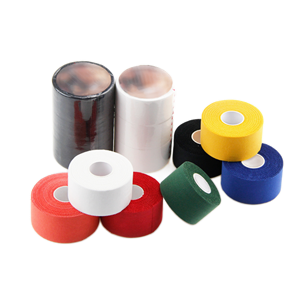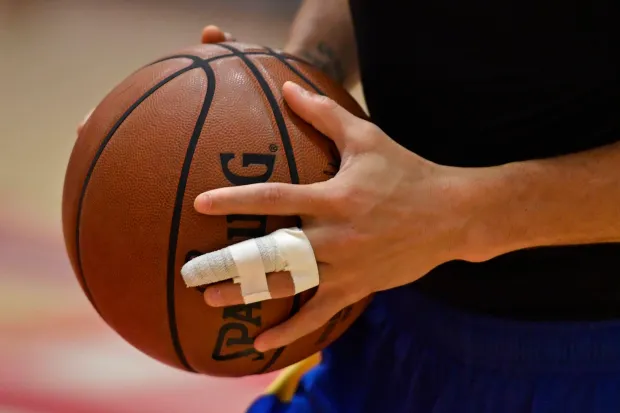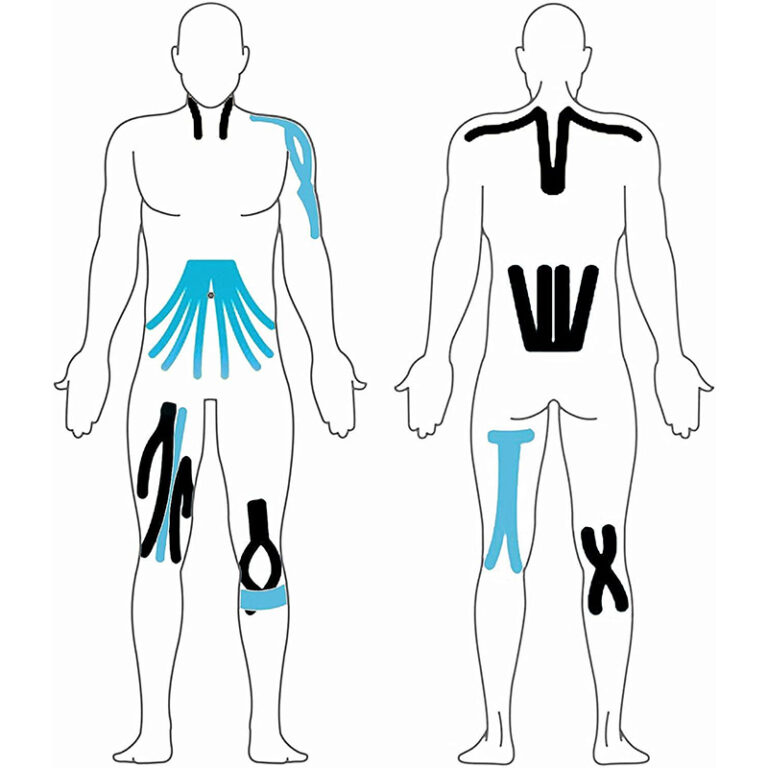What is a pink athletic tape
If you regularly go to the playground or crossfit training gym, you must often see someone with some colored tape on their shoulders, arms, or legs.
These are not recent trends. The professional name of this kinesiology tape is referred to as pink athletic tape in China.
The role of pink athletic tape
Often when a professional athlete has a muscle injury, the doctor will hold the athlete’s injured or inflamed muscle and fascia together.
The function of the pink athletic tape is to use the density difference of the adhesive tape to affect the direction of the skin, so that the skin becomes slightly loose, thereby increasing the gap between the skin and the muscle, and affecting the direction of the subcutaneous fascia tissue, so that the fascia system can be sufficiently transparent.
Sex and circulation, improve lymphatic circulation and blood flow. Increased blood flow will remove waste products from inflammation and speed up the healing of the injured area.
It has also been suggested that the pink athletic tape affects pain receptors on the skin, interfering with transmission signals to the brain.
Back in 2010, doctors and coaches were skeptical of the product.
But at the 2012 World Championships, more and more athletes were wearing the pink athletic tape, and athletes and clinicians alike believed that the tape would reduce runners’ sympathy and delay fatigue during running.
Muscle stickers are not a panacea, they are best suited for musculoskeletal injuries such as shoulder impingement, low back pain and plantar fasciitis.
In these cases, the pink athletic tape appears to be successful in relieving the pain of sports-injured people, making it easier for them to perform physical rehabilitation training.
But severe enough to tear the ACL or tear the rotator cuff it won’t do much.
Different Types of pink athletic tape
Depending on the purpose of use, the pink athletic tape can be cut into different shapes, such as: I-shaped, Y-shaped, X-shaped, O-shaped, claw-shaped, etc.
I shape
Support and relax muscles.
Pain point lifting, analgesic effect.
Maximum protection immobilization, such as soft tissue injuries.
Y shape
Adjust muscle tension and promote circulation and metabolism.
Good for relaxing tight swollen pink athletic tape
X shape
Promote blood circulation and metabolism at the fixed end position, and have analgesic effect
claw
Improve interstitial fluid retention by directing interstitial fluid into the nearest lymph node
lantern
Better fixation
Promotes lymphatic drainage in the middle
Effectively improve local edema or congestion
Suitable for fractures and soft tissue strains

Precautions for using the pink athletic tape:
Before taping, an assessment is required to determine the purpose and method of athletic tape.
The longest time for a single taping can be up to 5 days, generally 1-3 days, which can be adjusted according to the actual situation.
There are no absolute contraindications to the intramuscular pink athletic tape, but those who are allergic to the patch should avoid open wounds and areas with skin disorders.
Remove the pink athletic tape: slowly lift the patch along the direction of the body hair, tear the skin off the patch, remove it when taking a bath, and observe whether the skin is red and swollen and other adverse manifestations.
The best interval between two taping is more than 4 hours.




